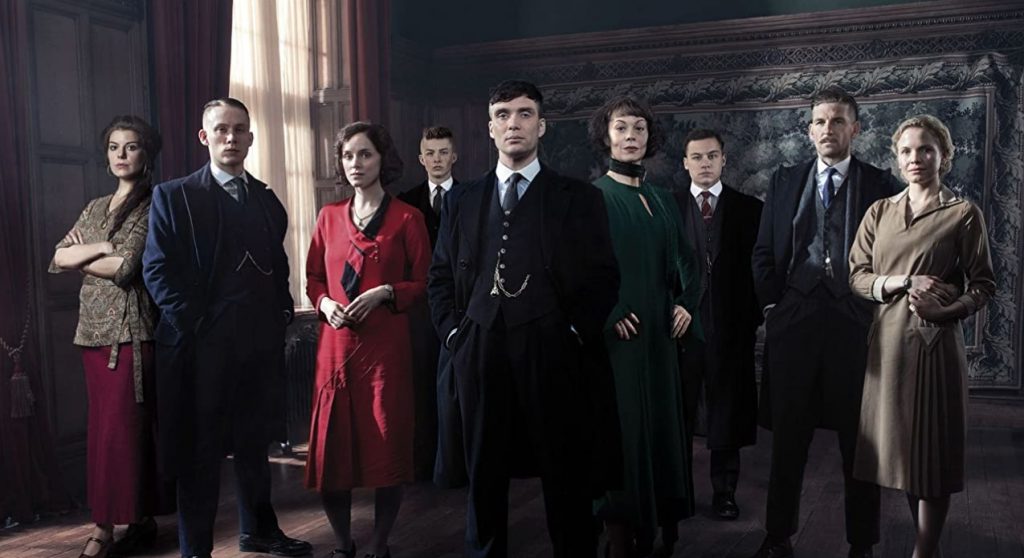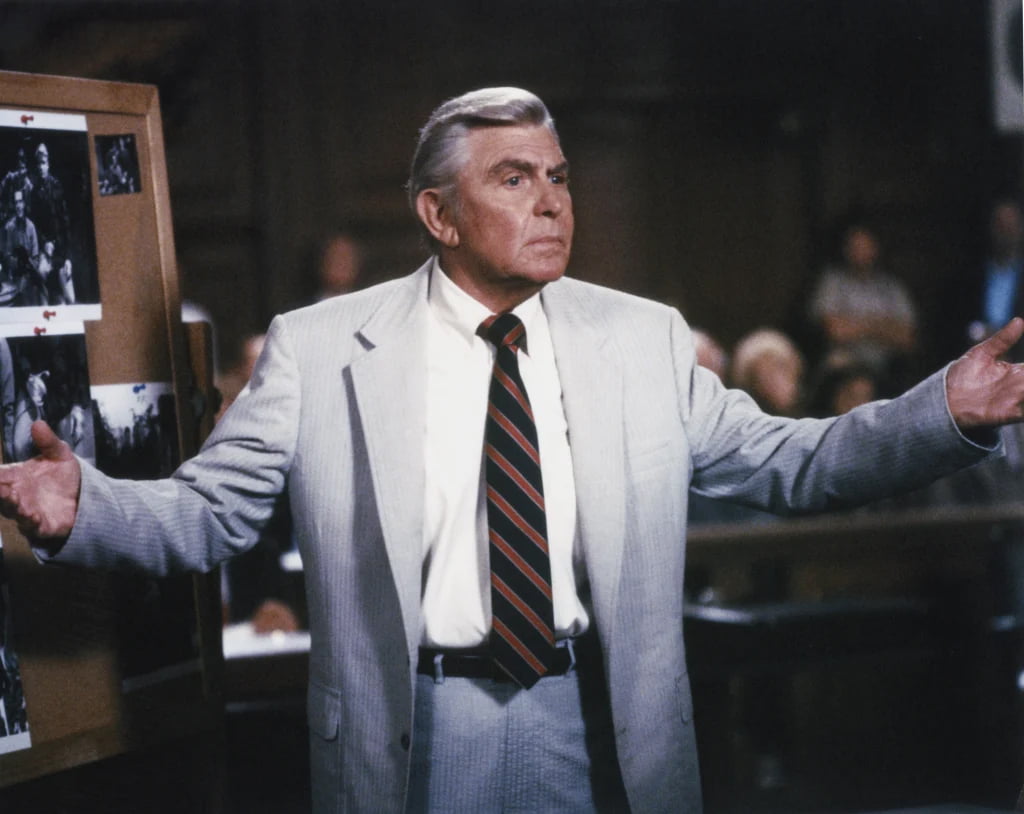
Scene from Franz Kafka’s The Trial (1963) Starring Anthony Perkins and Orson Welles
TRIAL REPORT: COSTS/BENEFITS OF TRIAL FOR THE SMALL PERSONAL INJURY PRACTICE:
I try to be on trial once or twice a year for various reasons. One, I like being on trial periodically. I like the focus that comes with the need to actually prove everything in a one week period to a bunch of fellow residents of our area. Trials are really a small part of personal injury practice. Maybe 90% of cases end up in settlements whether big or small. That leaves about 10% of cases that get to something near trial. Even at trial, there are many cases that settle at jury selection. So, probably 5% or so of all personal injury cases go to verdict.
From a professional case selection standpoint, cases going to trial is not good for business, but the ones that go to trial are often hard to pick out when the case first comes into the office. If you knew that your case was going to go all the way to trial, you might turn it down or refer it out because they are not usually good for business from a bottom line perspective. Why is that?
One of the down sides from the perspective of the law firm owner is that trial means everything else has to be put aside and probably 50-100 hours has to be dedicated to one case. And, those 50-100 hours must be put in despite my already knowing the case, the experts, the defendants, and my clients. So, it is mostly time spent on exhibits, preparing to cross experts for the other side, preparing to depose my own experts on video, motions in limina, opening statements, preparing questioning and summation. So, a lot of time that could be spent moving other cases along is dedicated to one case. Interestingly, many of the defense lawyers I have on other cases do not know me personally or professionally. It is often our first time against each other, though our firms may have had cases together before. I have never had a problem telling opposing counsel that I am on trial or will be on trial and need a week or two off from responding to their requests. I reciprocate that courtesy as well.
Another downside of trial is that personal injury cases that go to trial are often flawed or broken cases. This pattern has been a little screwed up by the pandemic backlog as there is a bumper crop of old cases that have been sitting around waiting for resolution because the courts were closed for over a year. Nevertheless, a personal injury case at trial means that the case has some weak point that can be exploited by the defense/insurance company. The other situation is where the plaintiff, meaning the client, and the insurer have vastly different ideas about the value of the case. How does this play out?
I tried a broken case recently in Montgomery County. It was a fairly routine three day jury trial tried to 12 jurors. The process of settlement discussions is confidential so I cannot discuss that here. Nevertheless, suffice it to say that the money offered to settle the case was not enough to entice me or my client to even discuss settlement. Basically, the client would end up with zero dollars after litigation costs and health care liens. On the other side, the insurer had essentially offered only the money that would have been spent paying their lawyers to try the case. So, really, the insurer had only offered costs of defense. While sometimes I have to have a hard conversation with my client about offers and trials, this was not one of them.
Montgomery County is a moderately conservative, generally middle class place to try a jury trial. As a rule, trying a small damage auto case is not a great idea, but the case simply had to be tried. It was from 2017 and I had been through 4 lawyers and 4 claim representatives from State Farm on the other side. It was overdue.
Why was the case broken? Well, this was a minor impact soft tissue type of case. MIST we call them. They are hard cases. The photos of the vehicles showed little damage. Minor damage means minor injury to your average person on the street. Soft tissue injuries are the bugaboo of the tort reform movement. But, soft tissue injuries like a herniated disc may cause lifetime pain, whereas your broken leg will heal in weeks.
What else was broken about the case? The client was not apparently injured at the scene, but her injuries developed over the next week or two. The client ended up with a few rounds on steroid injections and then was in a second car accident, that was much worse, about eighteen months later. Finally, the client had not treated in two plus years before the trial.
So, from a defense perspective, the client’s injuries ended at the second accident. Plus, the client had some minor pre-existing back pain that colored the view of the first accident, which resulted in back pain.
Finally, we had a very, very educated and seemingly upper middle class jury pool. We picked 12 jurors from a panel of 35 or so. Many were professionals in the pharmaceutical industry that makes up a large part of Montco residents. We are allowed four challenges per side and no amount of challenges were going to change the pool makeup.
The case went in well and the clients testified well and the Defendant predictably tried to minimize his actions on the stand and I crushed him with his prior testimony. I tried to keep the photos of the vehicles out and did what I could, but generally, the case was a tough one. The jury came back with a defense verdict after three hours of deliberation. That is how it goes.
What are the upsides of trial? For the client there is only one. Because of our contingency system, they have not lost anything in terms of dollars. They lost the chance to get a larger verdict than the last settlement offer. As an aside, the second car accident resulted in a substantial payment to the client, so we were sort of playing with house money.
What are the upsides of trial for me? I think it is good for defense lawyers to know that I am willing and able to try a case and that I will do so in a professional and effective manner. The judge was happy with both sides and the trial process went along smoothly. I have seen trials put on by unprepared or ineffective lawyers and it is embarrassing. I once saw a defense lawyer read his entire closing argument in a homicide case. Don’t do that!
I also think it is good for the State Farms of the world to know that I ain’t taking their stupid offers unless I want to. They may have won this round, but they know that I will call them on their nonsense.
What are the downsides? Well, let’s see. Unlike most lawyers I deal with who are not personal injury lawyers, I put my own money up for cases. When I lose, the client does not owe me the money. So, I ate $10,000 in money spent on depositions, experts, etc. Not fun. I look at it like tuition. I learned more here than the cost of the case. I don’t like paying tuition, but it pays dividends down the road.
The mostly likely positive dividend is that I can tell future clients the story of what happens with a trial story to back it up. Faced with possibly losing what is offered, most people, except for the world’s gamblers will take the guaranteed money over the remote, but possible larger verdict.
Finally, what do my colleagues say about all this? The sentiment is usually, that was a tough case, but thanks for fighting the good fight and persisting. There are many personal injury lawyers out there who don’t try their cases, who settle everything, and really have never gone the distance to verdict on a tough case to win.
While it is cold comfort, there is always Teddy Roosevelt’s Man in the Arena quotation from his 1910 address to the Sorbonne in Paris: “It is not the critic who counts; not the man who points out how the strong man stumbles, or where the doer of deeds could have done them better. The credit belongs to the man who is actually in the arena, whose face is marred by dust and sweat and blood; who strives valiantly; who errs, who comes short again and again, because there is no effort without error and shortcoming; but who does actually strive to do the deeds; who knows great enthusiasms, the great devotions; who spends himself in a worthy cause; who at the best knows in the end the triumph of high achievement, and who at the worst, if he fails, at least fails while daring greatly, so that his place shall never be with those cold and timid souls who neither know victory nor defeat.”
Until next time, GO BIRDS!!!
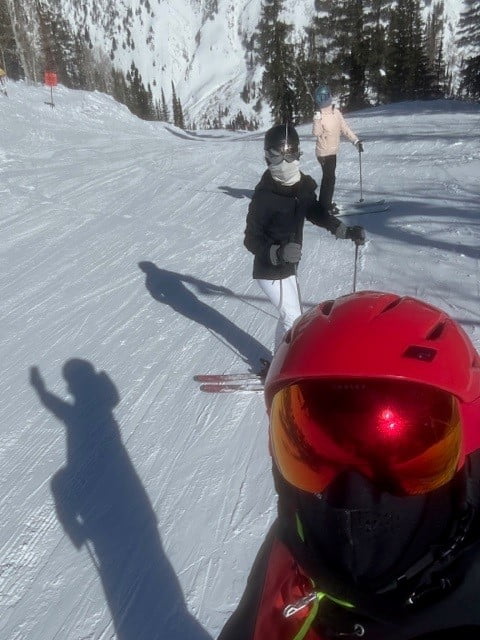

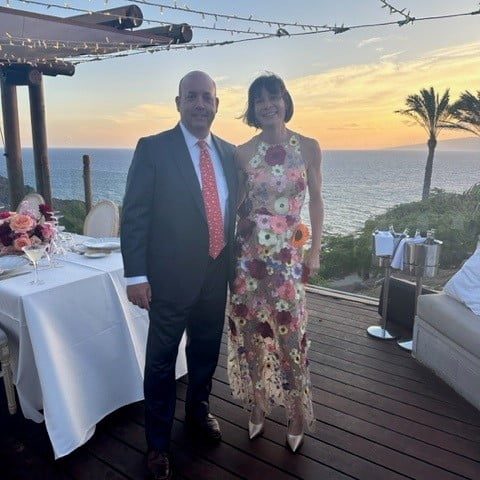


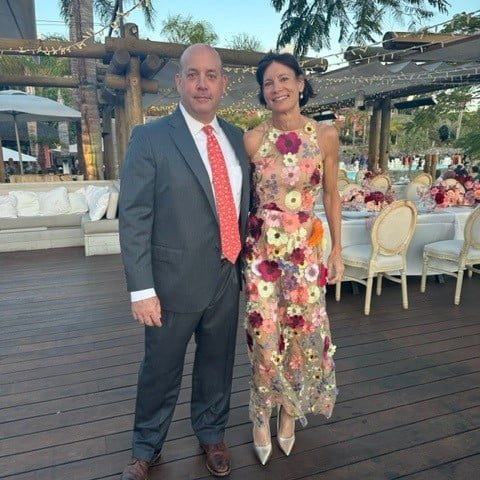
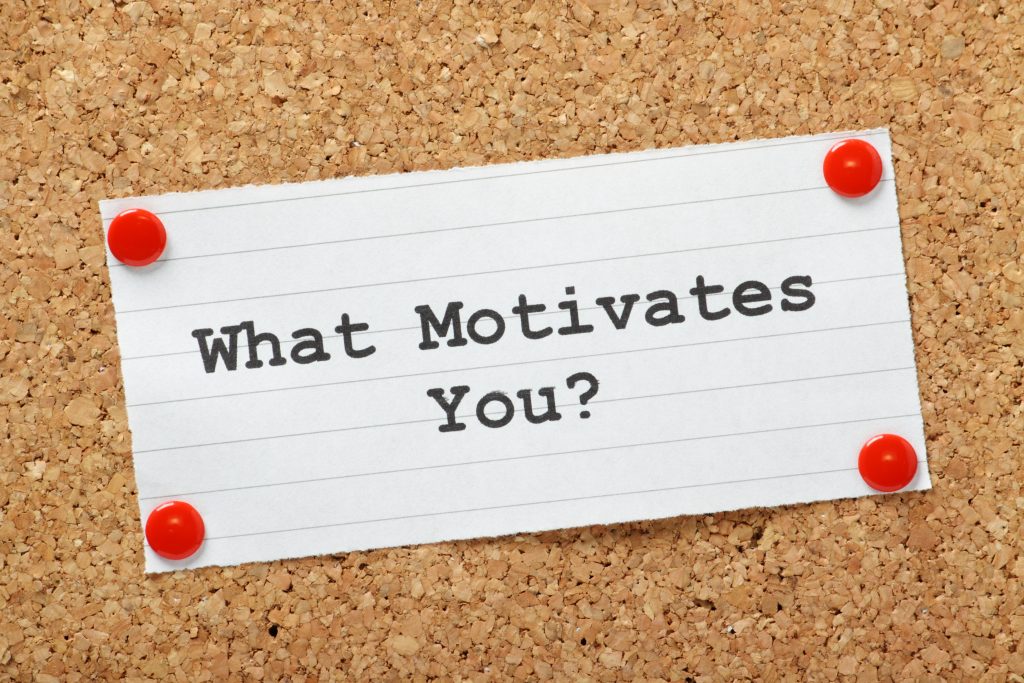


 Chat GPT has taken the world by storm, and being curious, we thought we’d ask what it thought about our favorite topic–suing the City of Philadelphia. Here’s what the robot had to say:
Chat GPT has taken the world by storm, and being curious, we thought we’d ask what it thought about our favorite topic–suing the City of Philadelphia. Here’s what the robot had to say: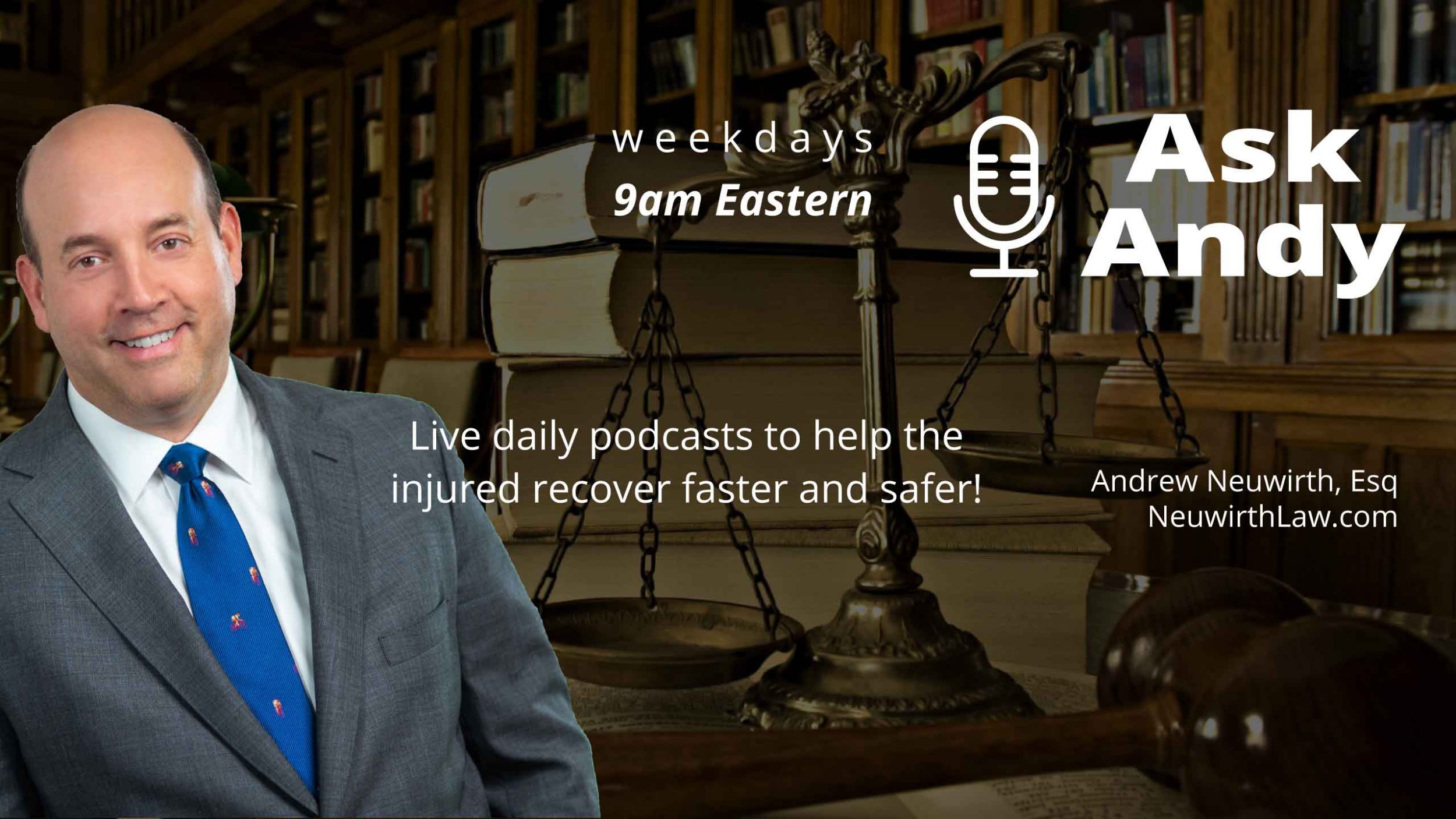
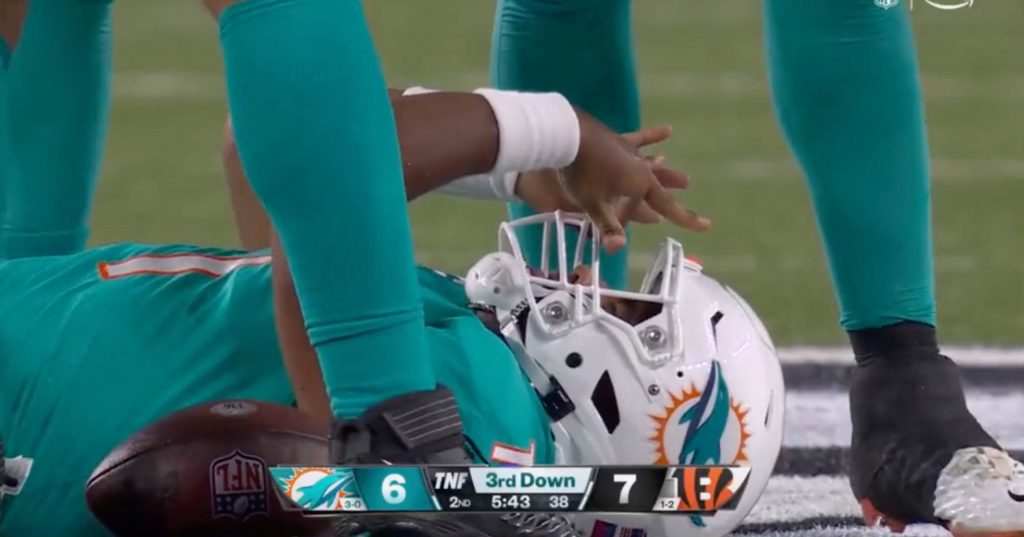
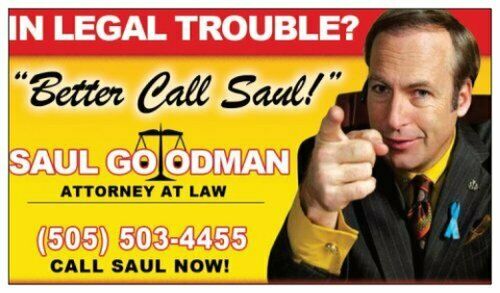 What are they doing and why? Morgan and Morgan/Lundy/Top Dog law: Why do people go the route of the big advertising law firms? I think it is fairly simple. They don’t know lawyers, don’t have someone to turn to who knows a good lawyer, or they are new to the legal system. Top Dog has a new billboard on the Schuylkill Expressway. It seems sort of clownish for the 1980’s era cell phone and the guy works out of his house in delco as far as I can tell. But, he seems to be a great marketer. What are you getting? Who knows. How about Morgan? I love John Morgan. He wrote a great book for Personal Injury lawyers called “You can’t teach hungry.” Amusingly, no editing was done on the book as it is filled with typos etc. But, that is what you are getting. The advertisers are counting on a high volume of calls, resulting in a yield of 10% or so of actual cases, and then someone has to manage the volume of crappy cases that they took. There is not a lot of careful selection going on is my guess. I am contacted every month or so by clients who are unhappy that their case, which they believe has merit, is being handled by a paralegal, that they cannot talk to a lawyer, or are being pressured to take what they think is a crappy settlement. I usually turn them back to their lawyers.
What are they doing and why? Morgan and Morgan/Lundy/Top Dog law: Why do people go the route of the big advertising law firms? I think it is fairly simple. They don’t know lawyers, don’t have someone to turn to who knows a good lawyer, or they are new to the legal system. Top Dog has a new billboard on the Schuylkill Expressway. It seems sort of clownish for the 1980’s era cell phone and the guy works out of his house in delco as far as I can tell. But, he seems to be a great marketer. What are you getting? Who knows. How about Morgan? I love John Morgan. He wrote a great book for Personal Injury lawyers called “You can’t teach hungry.” Amusingly, no editing was done on the book as it is filled with typos etc. But, that is what you are getting. The advertisers are counting on a high volume of calls, resulting in a yield of 10% or so of actual cases, and then someone has to manage the volume of crappy cases that they took. There is not a lot of careful selection going on is my guess. I am contacted every month or so by clients who are unhappy that their case, which they believe has merit, is being handled by a paralegal, that they cannot talk to a lawyer, or are being pressured to take what they think is a crappy settlement. I usually turn them back to their lawyers.